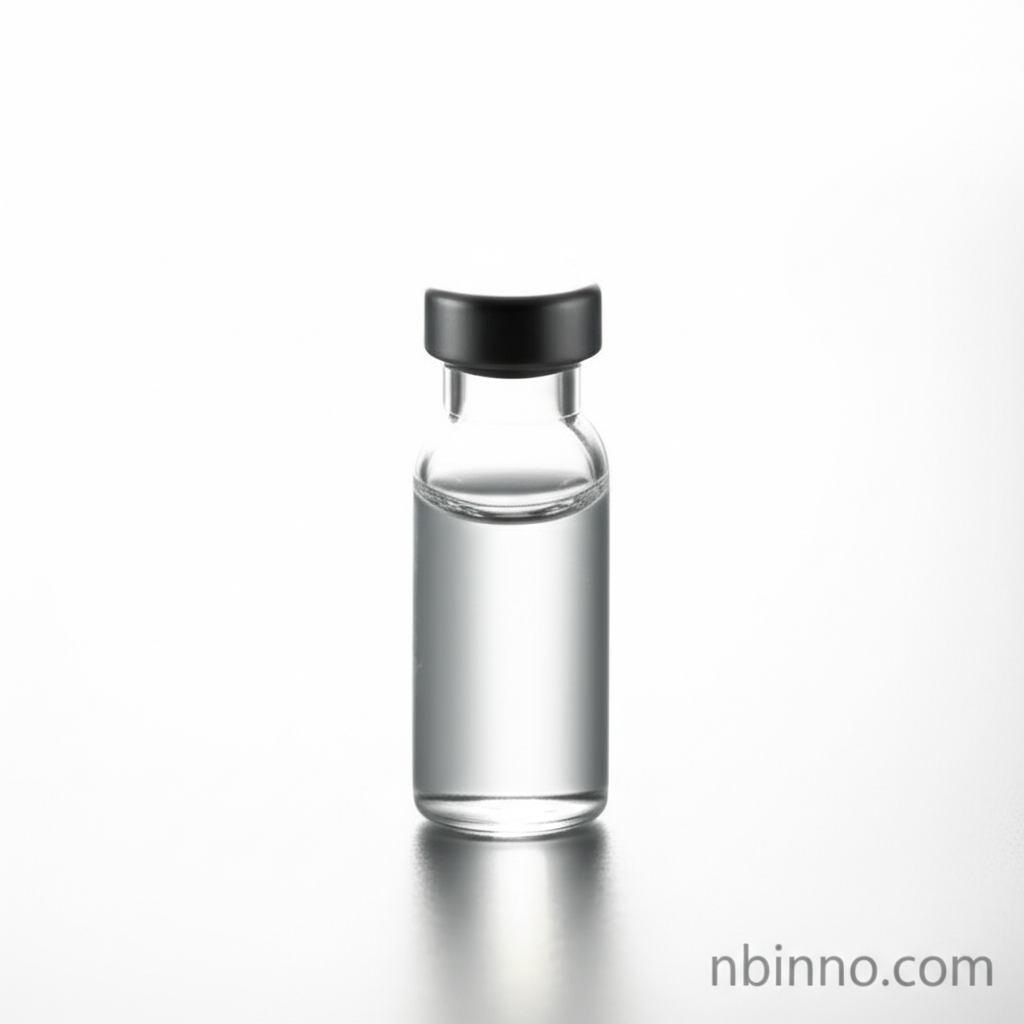Acrylonitrile (CAS 107-13-1): Properties, Applications, and Safety
Exploring the versatile nature and critical industrial uses of Acrylonitrile, a key chemical intermediate.
Get a Quote & SampleProduct Core Value

Acrylonitrile
Acrylonitrile (CAS 107-13-1) is a vital organic compound serving as a foundational building block in numerous chemical processes and product manufacturing. Its unique chemical structure enables its use in the creation of a wide array of materials that are integral to modern life.
- Acrylonitrile chemical formula (C3H3N) indicates its simple yet reactive molecular structure, making it a sought-after intermediate.
- Acrylonitrile industrial applications span across multiple sectors, significantly contributing to material science advancements.
- Acrylonitrile properties such as its boiling point of 77.3°C and density of 0.806 g/mL at 20°C are critical for its handling and processing.
- Understanding acrylonitrile safety precautions is paramount due to its classification as a hazardous substance, requiring adherence to strict handling protocols.
Key Advantages of Acrylonitrile
Versatile Intermediate
As a key chemical intermediate for polymers, acrylonitrile is indispensable for producing high-performance materials used globally.
Wide Range of Uses
From textiles to automotive components, the acrylonitrile uses in polymers demonstrate its broad applicability and economic importance.
Industrial Standard
With a purity of 99+%, acrylonitrile is a trusted chemical for various synthesis and manufacturing needs, ensuring reliable outcomes.
Key Applications
Acrylic Fiber Production
A primary application of acrylonitrile is in the manufacturing of acrylic fibers, widely used in clothing and textiles due to their durability and comfort.
ABS Plastics Manufacturing
It serves as a crucial monomer for Acrylonitrile-Butadiene-Styrene (ABS) plastics, valued for their toughness in automotive parts and electronics.
Nitrile Rubber Synthesis
Acrylonitrile is vital for producing nitrile rubber, known for its resistance to oils and chemicals, making it ideal for medical gloves and seals.
Carbon Fiber Production
The compound is essential in creating high-strength carbon fibers, utilized in aerospace, automotive, and sporting goods for their lightweight and robust properties.
